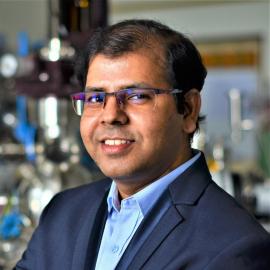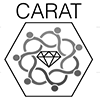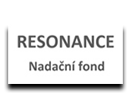A new type of light source can help with the latest laser technology
Researchers from the teams of the J. Heyrovský Institute of Physical Chemistry of the CAS and the Faculty of Mathematics and Physics, Charles University have discovered a new way of constructing super-bright light sources using two-dimensional (2) semiconductors. The new method can help solve several fundamental problems faced by the latest laser technology.
Super bright light sources are a highly valued commodity today. They are widely used in the latest technologies, including quantum communication, GPS navigation, astronomical instruments, encryption, etc. This type of light source can be designed using very precise and complex manufacturing processes that allow the placement of atoms or quantum dots in a very precisely designed optical cavity.
Conventional laser light is created by amplifying photons in a set of highly reflective mirrors. However, during this process, the mirrors heat up and subsequently undergo thermal vibrations, which cause the size of the cavity to change, limiting the phase of the emitted photons. As a result, this light is spectrally imperfect.
Joint research of teams from the J. Heyrovský Institute of Physical Chemistry of the CAS (led by Martin Kalbáè and Martin Hof) and the Faculty of Mathematics and Physics, Charles University (led by Jana Vejpravová and Petr Nìmec) introduced the development of a completely new approach to the construction of super-bright light sources. As a result, the laser beam is significantly narrower and with much lower power requirements.
1 + 1 more than 2? In quantum optics, this can be a reality
In the proposed concept, the super-radiant source does not rely as a conventional laser on a large population of photons in the laser cavity, but on the synchronized emission of photons in the optically excited 2D material. Specifically, super-radiance is created by the radiant relaxation of excited electron-hole pairs (so-called excitons) in two atomically thin 2D semiconductor layers (WSe2) separated by several layers of boron nitride. The study was published in the May issue of Advanced Functional Materials.
"The new concept opens up completely new possibilities for the construction of ultra-thin radiation sources, the wavelength of which can be tuned by the number of layers of 2D semiconductor and boron nitride and the external electric and magnetic field," concludes Martin Kalbáč from the J. Heyrovský Institute of Physical Chemistry of the CAS.
More information:
doc. RNDr. Ing. Martin Kalbáč, Ph.D.
Jaroslav Heyrovský Institute of Physical Chemistry of the CAS
martin.kalbac jh-inst.cas.cz
jh-inst.cas.cz
+420 266 05 3804, 3445, 2101
Daniel Jakeš
Jaroslav Heyrovský Institute of Physical Chemistry of the CAS
daniel.jakes jh-inst.cas.cz
jh-inst.cas.cz
+420 721 648 855
The J. Heyrovský Institute of Physical Chemistry promotes the scientific legacy of the Nobel laureate, Professor Jaroslav Heyrovský, in fields related to physical chemistry. Over two hundred scientists, from promising young researchers to world-renowned experts, are engaged in groundbreaking fundamental and applied research, as well as education. Theoretically and experimentally acquired insights into physical and chemical processes are important for energy production and storage, industrial catalytic processes, healthcare and protection of the environment.
https://www.rtvj.cz/novy-typ-svetelneho-zdroje-muze-pomoci-nejmodernejsim-laserovym-technologiim/
Lidové noviny | Category: Medicine and Science Page 14 | Release Date: 26.05.2021 | Date of import: 26.05.2021 1:54
https://sciencemag.cz/sestrojili-superzarivy-svetelny-zdroj-na-bazi-2d-polovodicu/
Translated with the financial support of the Capacity Development of ÚFCH JH, v.v.i. for Research and Development project; CZ.02.2.69/0.0/0.0/16_028/0006251; European Structural and Investments Funds, Operational Programme Research, Development and Education.





















